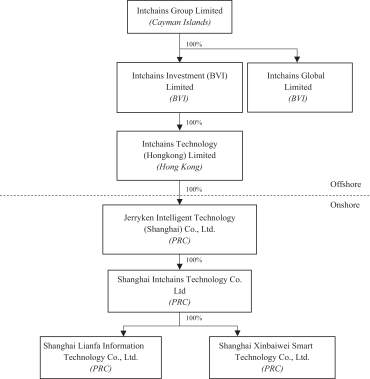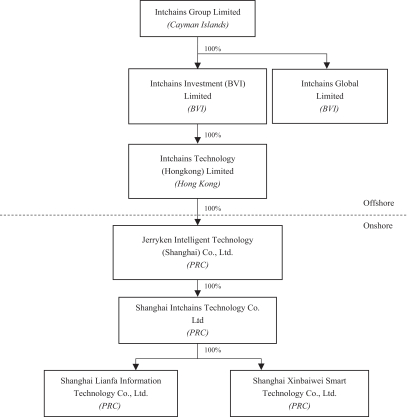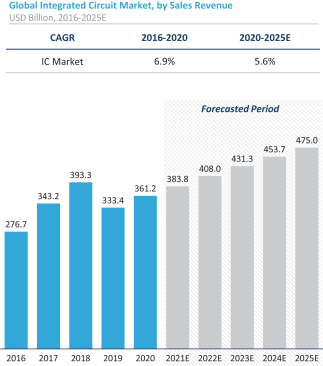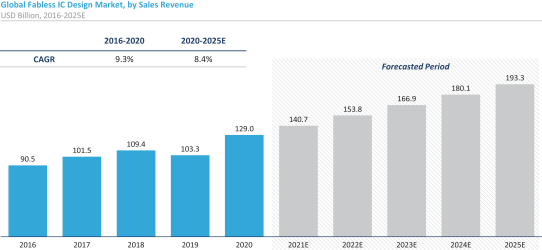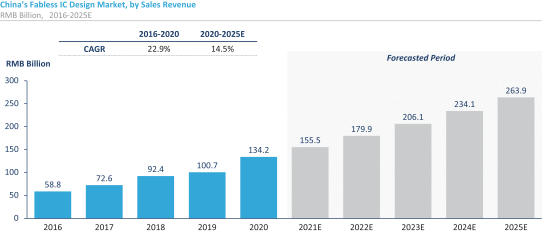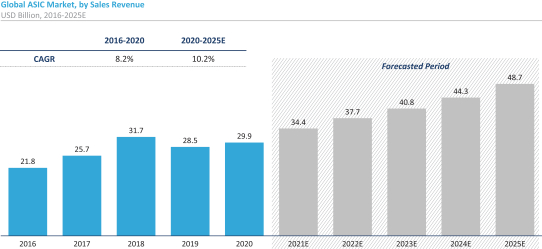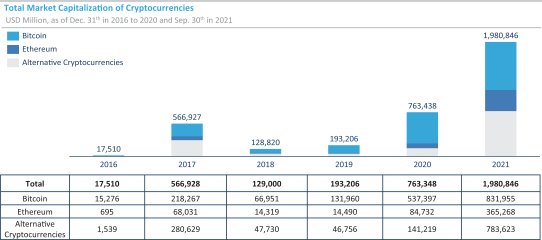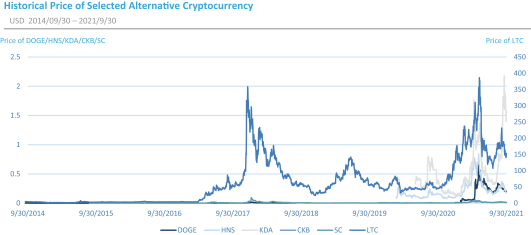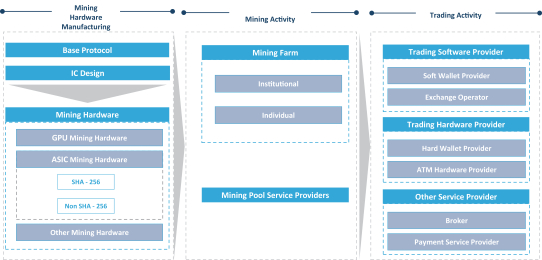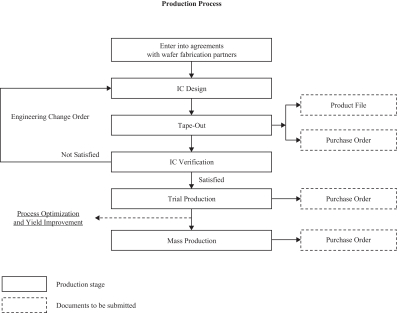REGULATION
We operate our business in the PRC under a legal regime created and made by PRC lawmakers consisting of the National People’s Congress, or the NPC, which is the country’s highest legislative body, the State Council, which is the highest authority of the executive branch of the PRC central government, and several ministries and agencies under its authority, including the Ministry of Industry and Information Technology of the PRC, or MIIT, The Ministry of Commerce, or MOFCOM, the National Development and Reform Commission, or NDRC, the SAFE, State Administration of Taxation, or SAT, the General Administration of Customs of the PRC, or PRC Customs, and their respective authorized local counterparts. This section summarizes the principal current PRC regulations, which do not purport to be complete, of the relevant PRC laws, regulations and government policies that are relevant to our business operations in the PRC.
Regulations and Government Policies Relating to the IC Industries
As demonstrated by The Circular of the State Council on Printing and Distributing Policies for Encouraging the Development of the Software Industry and the Integrated Circuit Industry issued on June 24, 2000, the PRC continues to enact policies encouraging new and advanced technology and supporting the software and IC industries.
On January 28, 2011, the State Council issued the Circular of the State Council on Printing and Distributing Policies for Further Encouraging the Development of the Software Industry and the Integrated Circuit Industry, which aims to formulate a series of policies for the purposes of further optimizing development environment for the software industry and integrated circuit industry, increasing the quality and the level of industry development and cultivating a number of influential and strong leading enterprises in these industries. This circular addresses topic including fiscal tax policies, investment and financing policies, research and development policies, import and export policies, talent policies, intellectual property policies and market policies.
On June 24, 2014, the MIIT, the NDRC, the Ministry of Science and Technology of the PRC and the Ministry of Finance of the PRC issued the Outline for Promoting the Development of the National Integrated Circuit Industry, which highlights those great efforts shall be put on the development of the IC design industry. By focusing on the industrial chain of key areas and strengthening IC design, software development, system integration, collaborative innovation in contents and services, the goal is to drive the development of the manufacturing industry through the rapid growth of the design industry.
On June 8, 2015, the NDRC issued the Notice on Implementing Major Engineering Packages in Emerging Industries. The Notice highlights the efforts in developing IC construction infrastructures, focusing on enhancing the level of advanced technology, design industry concentration ratio and industrial chain supporting ability, selecting areas with more mature technology, good industrial base and wide application potential, and accelerating the industrialization of high-performance IC products.
On November 7, 2018, the State Statistical Bureau issued the Classification of Strategic Emerging Industries, which lists IC design as a national strategic new industry.
On July 27, 2020, the State Council issued Several Policies for Promoting the High-quality Development of the Integrated Circuit Industry and the Software Industry in the New Era, which highlights the IC industry and software industry as the core of the information industry, and provides further policy support in terms of finance and taxation, investment and financing, research and development, import and export, talents, intellectual property rights, market and international cooperation for IC industries.
On March 12, 2021, NPC adopted Outline of the 14th Five-Year Plan for National Economic and Social Development and the Long-Range Objectives Through the Year 2035, IC industries continue to be listed as one of the eight major pioneering and strategic national projects that the State has clearly developed.
97
